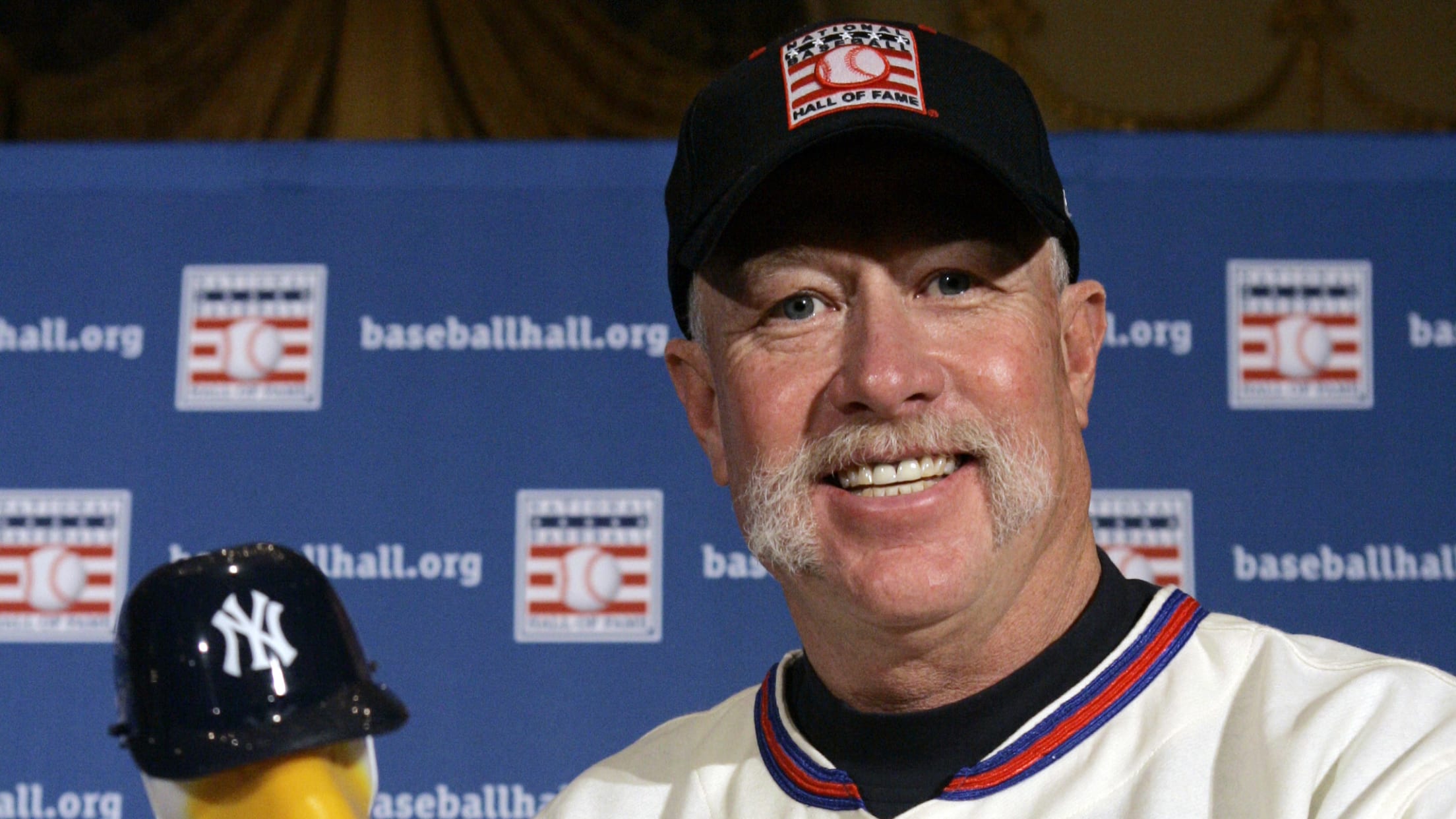Baseball's All-Body Part Team will take you back to your anatomy class

Everyone knows you need body parts to play baseball. To play it well, those body parts need to be finely tuned to run, swing and throw. One would assume, then, that it would be even better for a player's prospects if he were named after a part of the body that is useful on the baseball field.
You would expect that a team entirely composed of players named after body parts would be a force to be reckoned with on the baseball field ... and you'd be right.
C: Barry Foote

The Expos drafted Foote with the third pick in the 1970 Draft, so expectations were immediately high for the catcher. Soon after making his debut for the team in 1973, manager Gene Mauch raised those expectations by calling him the next Johnny Bench and later moved Hall of Famer Gary Carter to the outfield to get Foote regular playing time behind the dish.
Unfortunately, Foote never quite reached those heights, but managed to carve out a lengthy and memorable career nonetheless. After the Expos, he was a backup for the Phillies, Cubs and Yankees, and thanks to his mustache and some heroic moments -- most notably a walk-off grand slam in 1980 -- he became a fan favorite in Chicago. So much so that Hot Doug's at Wrigley Field served a Barry Foote hot dog in his honor.
1B: Jim Bottomley
Bottomley hit .310 with 219 home runs over a 16-year career that earned him two World Series rings, an MVP Award and a selection to the Hall of Fame. For six straight seasons from 1924-29, he had over 100 RBIs. In his MVP season in 1928, he hit .325/.402/.628 with 31 home runs, 20 triples and 136 RBIs.
Bottomley would be near the top of the All-Body Part lineup.
2B: Wally Backman
Backman was the left-handed hitter in a second-base platoon with Tim Teufel when the Mets won the World Series in 1986. He was known best for his speed, stealing 30 or more bases in his two seasons as the Mets' full-time starter in 1984 and '85.
3B: Dave Brain
Despite a career that spanned only seven seasons, Brain was one of the premier power hitters of the Deadball Era, leading all of baseball with 10 home runs in 1907. His 26 home runs from 1904 to 1907 was the second-most in baseball over that span. His 10-homer season, however, would be his last productive one as contract disputes and illness kept him from regular playing time. He was out of baseball after 1910.
SS: Bones Ely
Ely was one of the game's top defensive shortstops around the turn of the century with the St. Louis Browns and the Pirates. He's perhaps most famous, however, for being replaced at shortstop in 1901 by a young Honus Wagner after he was found to be recruiting players away from the National League for the newly formed American League.
LF: Bob Skinner
Skinner won two World Series championships during his 12-year career and, at his peak, was considered one of the best left-handed hitters in the league. He was the starting left fielder on the 1960 Pirates team that beat the Yankees in seven games, but missed five games of that series after jamming his thumb and being hit by a pitch in Game 1. Four years later, he served as backup outfielder and pinch-hitter on the 1964 Cardinals World Series team.
In addition to his two World Series rings, Skinner was a three-time All Star, starting for the National League team in 1958 and in both 1960 games -- MLB played two All-Star Games for four years from 1959-1962.
CF: Lip Pike
Pike was one of the first professional baseball players when, in 1866, he was asked to appear in court on charges that he was paid $20 for playing the game. He was also the first Jewish baseball player. Statistics weren't kept as well back then, but Pike was known as an elite power hitter and also was wont to show off his speed against anyone who dared challenge him to a race.
RF:
In 2015, Choo became the first Asian-born player to hit for the cycle and earlier this season he passed Hideki Matsui for the most career home runs by a player born in Asia.
SP: Jim Palmer
An Oriole for his entire professional career, Palmer won three World Series -- one in each of his three decades in the league -- and three Cy Young Awards. In his first World Series game, he threw a complete-game shutout and became the youngest pitcher to do so, accomplishing the feat before turning 21.
RP: Rollie Fingers
Fingers was one of the pitchers in the '70s whose success in the late innings led to the popularization of the closer role. Despite a Hall of Fame career, he's perhaps best known for his expertly maintained handlebar mustache. In fact, he chose retirement over the prospect of shaving the fine piece of art above his lip. That's commitment.








